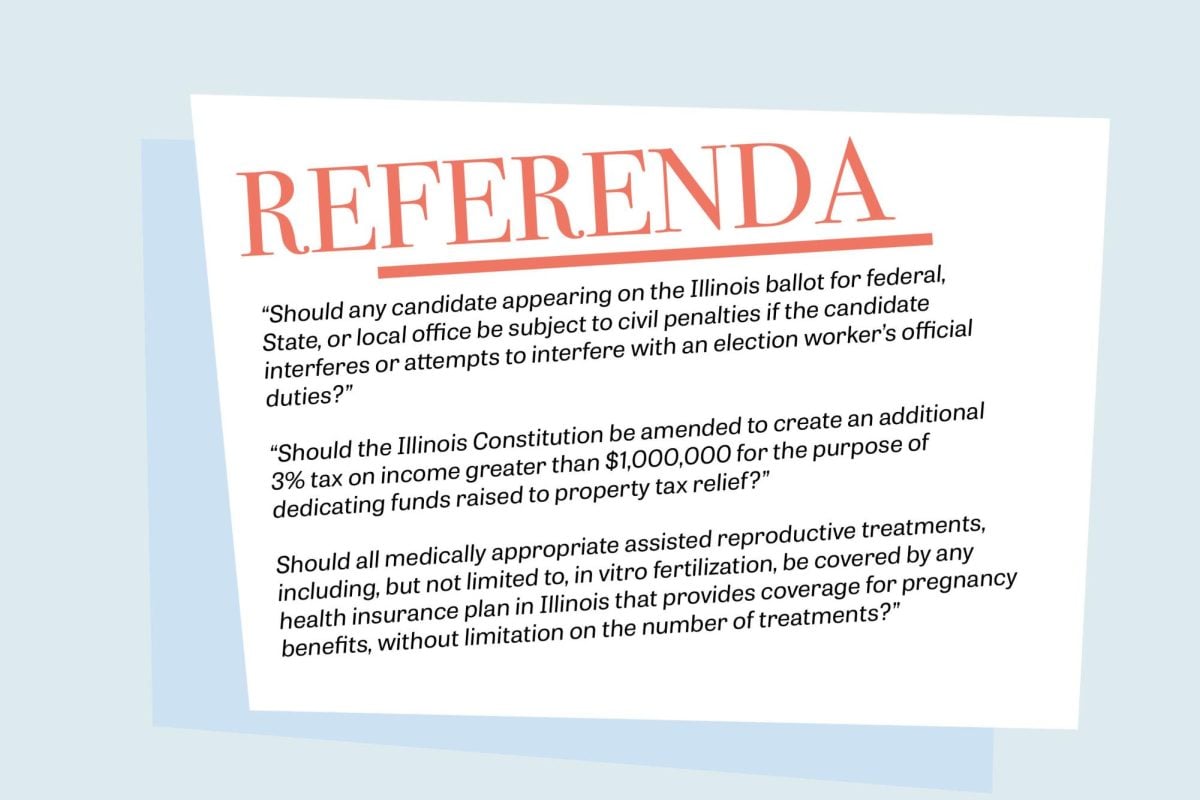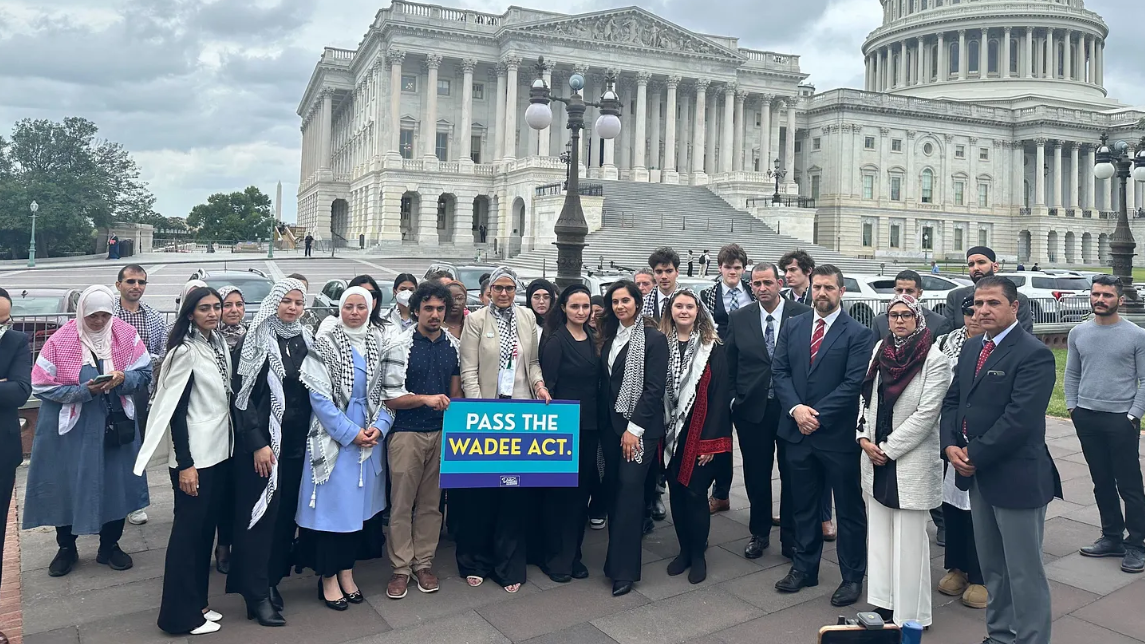Discussion of potentially merging local districts is high on the agenda for Evanston’s annual joint school board meeting Tuesday, especially since consolidating more than 800 Illinois school districts could cost nearly $4 billion.
This estimated amount was predicted in a recent report from the state’s Classrooms First Commission, run by Lt. Gov. Sheila Simon.
School board members from Districts 65 and 202 will deliberate this consolidation proposal, introduced by Illinois Gov. Pat Quinn in February.
In his 2011 budget speech, Quinn proposed consolidating public school districts in the state, decreasing their number from about 850 to 300. He said the plan would eliminate nonessential administrators and streamline local government, improving the effectiveness of students’ education.
Quinn told the Illinois General Assembly the consolidation could save $100 million in the state budget.
Still, results from the Classrooms First Commission study may derail Quinn’s consolidation plan.
The report suggested mandatory merges may not provide the budgetary relief nor administrative efficiency once predicted.
Jerome Summers, a school board member in the 65th District, said Evanston’s two districts do not warrant further consolidation, but some neighboring communities could benefit from merging.
“Skokie has four or five school districts in their whole city, and every one of those districts has a superintendent,” Summers said. “There are lots of cities like that, and they would be a lot more subject to consolidation than we would, I would think.”
He said insights into the effects and probability of a merge in Evanston will become clearer after the combined board meeting Tuesday.
Research conducted by the Classrooms First Commission found consolidating district administrations among high schools and elementary schools could actually cost up to $3.7 billion over four years, outweighing the $100 million savings Quinn projected.
That multibillion-dollar figure includes the consolidation of fewer than 500 of the state’s 800 school districts.
The report cited incentives for merging districts, mainly salary support and increases, as responsible for the high costs of consolidation.
The Classrooms First Commission was tasked with identifying administrative cost saving opportunities to be reallocated for more direct educational purposes. After nearly a year of research exploring potential merges in educational and operational services, Simon said a recommendation for mandatory consolidation from the commission is not likely.
Local interest in the issue was demonstrated last October through Evanston150, a community volunteer initiative aiming to improve the city by its 150th anniversary in 2013.
A public vote ranked the districts’ consolidation within the top 30 list of ideas, though it did not place within the final 10 chosen by a selection committee.
Citizens will have the opportunity to expess their opinions on the merger at the joint school board meeting 7 p.m. Tuesday at the Joseph E. Hill Education Center, 1500 McDaniel Ave.
Marshall Cohen contributed reporting.












